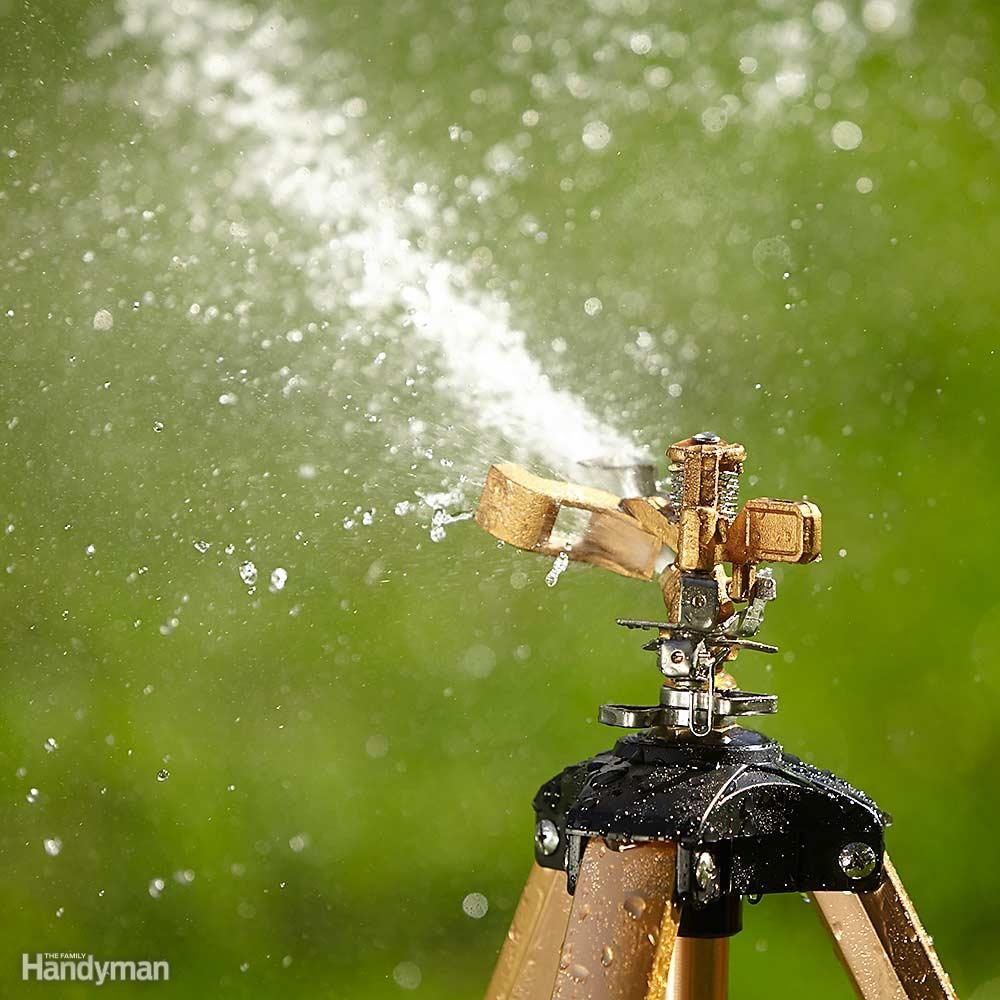
Water in the fall
Your lawn still needs water in autumn, even though the leaves are changing, the growing season is winding down and your grass isn’t growing fast. Fall watering helps your lawn recover from summer stress and gain strength for the winter ahead. Also, if you fertilize in the fall, watering is necessary for the fertilizer to dissolve and soak into the ground where it’s needed. So don’t put your hoses or sprinklers away until the ground starts to freeze, your fall grass needs it.
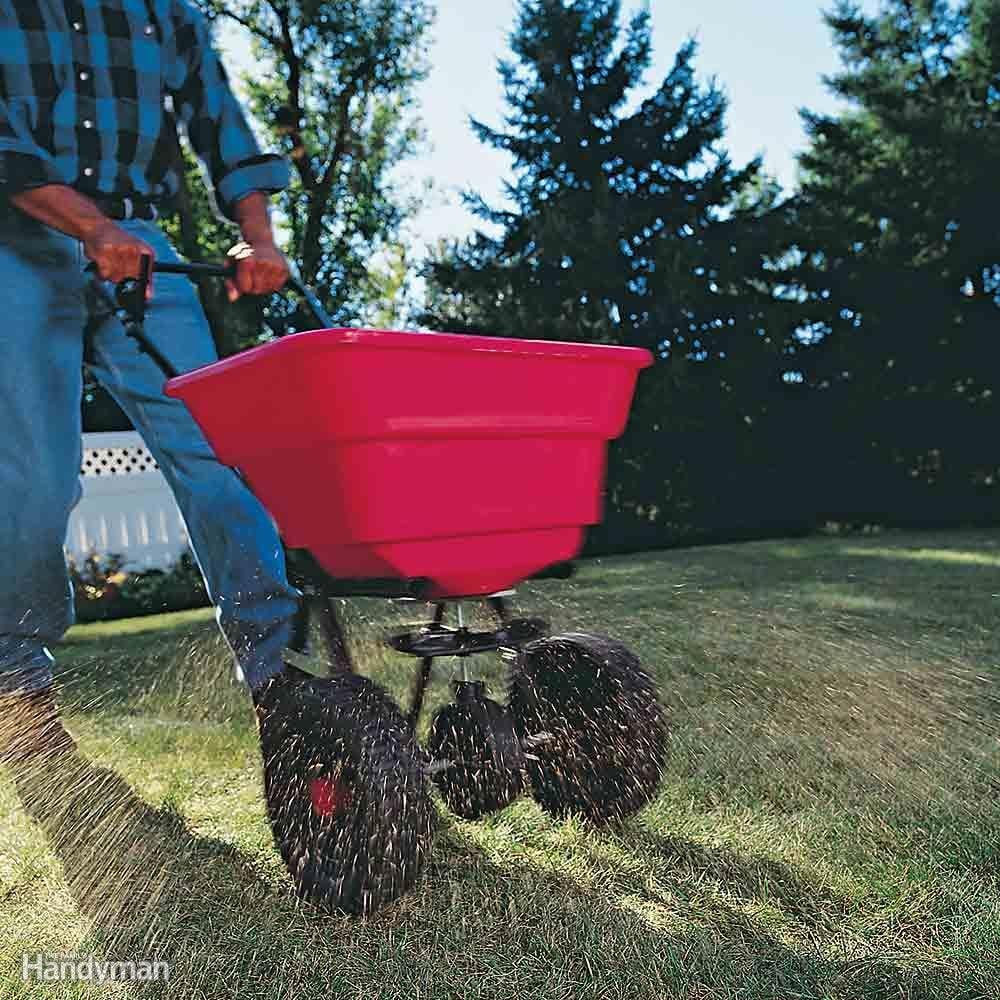
Fertilize in the fall
If you want the best lawn in town, fertilize four times a year. But you can keep it simple and still have a great lawn if you only fertilize once—in the fall. Choose a fertilizer that’s labelled 4-1-2. (Those numbers refer to the percentages of nitrogen, phosphorus and potassium in the fertilizer.) Better yet, ask an expert at a garden center for advice about the best fertilizer blend for your fall grass type and local soil conditions.
Apply the fertilizer about three weeks before the last mowing of the season. Fertilizing in the fall provides energy and nutrients for the grass roots as they multiply in cooler weather before the grass goes dormant. The roots store food for the winter as well, which gives the grass an initial growth spurt when it emerges from dormancy in the spring.
Save time and money by utilizing these gardening shortcuts.
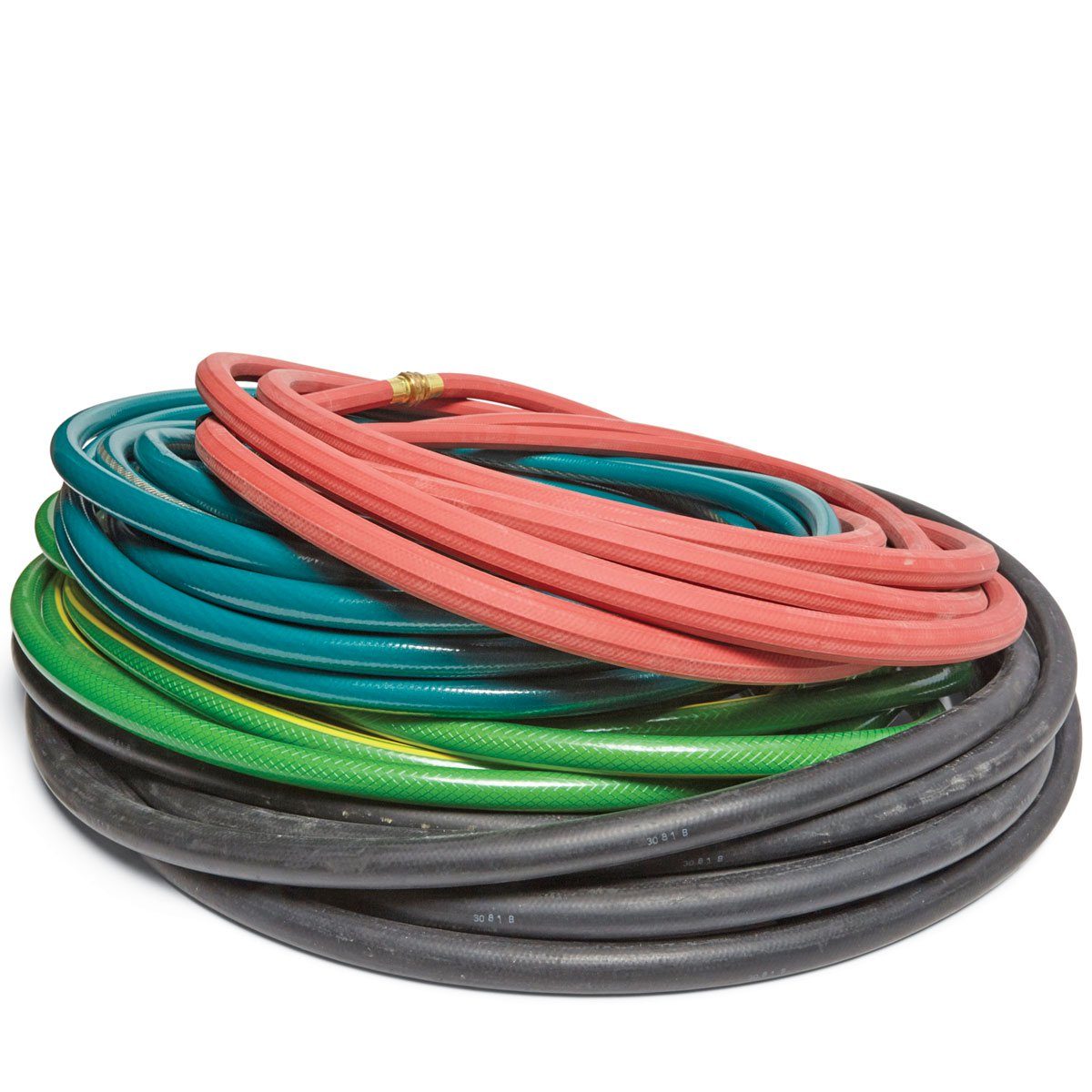
Drain garden hoses
Due to circumstances (laziness), I sometimes neglect to drain garden hoses before putting them away for the winter. Usually it’s not a problem. But every once in a while, freezing water splits a hose open. I’ve lost a few cheap hoses this way and a super-expensive one (ouch!). That’s just dumb because draining hoses is so quick and easy: Blast out the water with an air compressor or stretch them out on a sloped yard or driveway. —Gary Wentz, Editor-in-Chief
Here are more things to do in August to get your garden ready for fall.
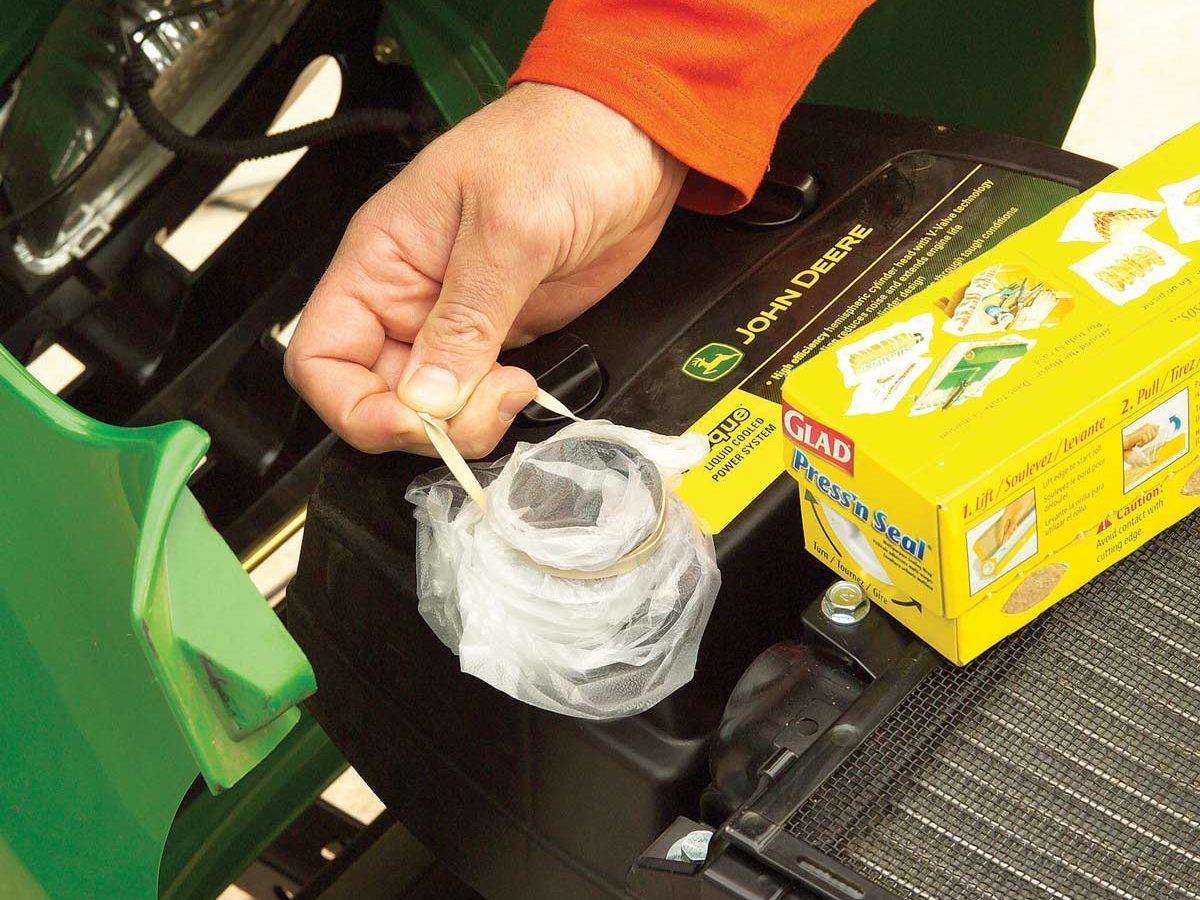
Three easy winterization steps for your lawn tractor
Before your tractor hibernates for the winter, take a few minutes to prevent springtime troubles.
- Moisture inside an unused engine leads to corrosion. ‘Fogging’ the engine—spraying an oily mist into each cylinder—prevents this. All you have to do is remove the spark plugs and blast in some aerosol fogging spray (sold at auto parts stores). Then reinstall the spark plugs.
- Storing a battery that isn’t fully charged can lead to permanent damage, especially in cold weather. Connect the battery to a battery charger and charge it until you get a reading of 12.7 volts.
- Stored gas will slowly gum up the whole fuel system, and the repairs can be expensive. So add a fuel stabilizer such as STA-BIL or Seafoam to the gas tank before winter. (Adding stabilizer to your gas can year-round is also a good idea.) But remember that stabilizers aren’t effective in gas that contains ethanol. If you don’t know whether the gas contains ethanol, run the engine until the tank is empty.
Another tip: Cover the air intake and exhaust openings with plastic wrap or aluminum foil to keep critters from homesteading in your engine over winter.
Consider these tips to attract more birds to your yard this autumn.
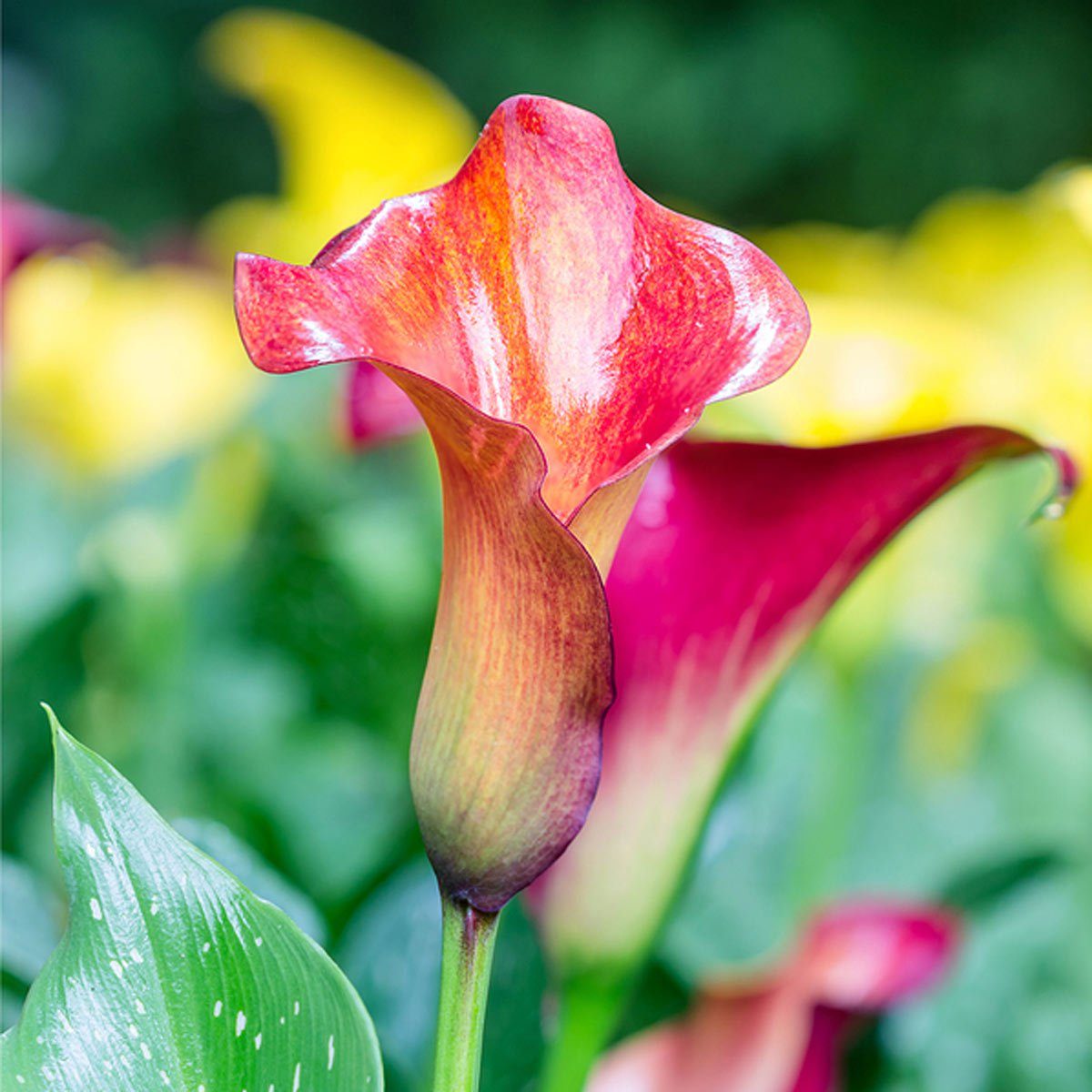
Save your tender bulbs
A lot of northern gardeners treat tender bulbs as annuals, allowing them to die at season’s end. Instead, overwinter them. To make it simpler, plant tender bulbs in containers. Then, after frost kills the tops, whisk the containers into cool storage in a basement or attached garage. Water sparingly—maybe once a month—while they’re dormant so the soil doesn’t totally dry out—and bring the containers back out in spring.
Don’t have a green thumb? These seven hacks can revive almost any dead plant.
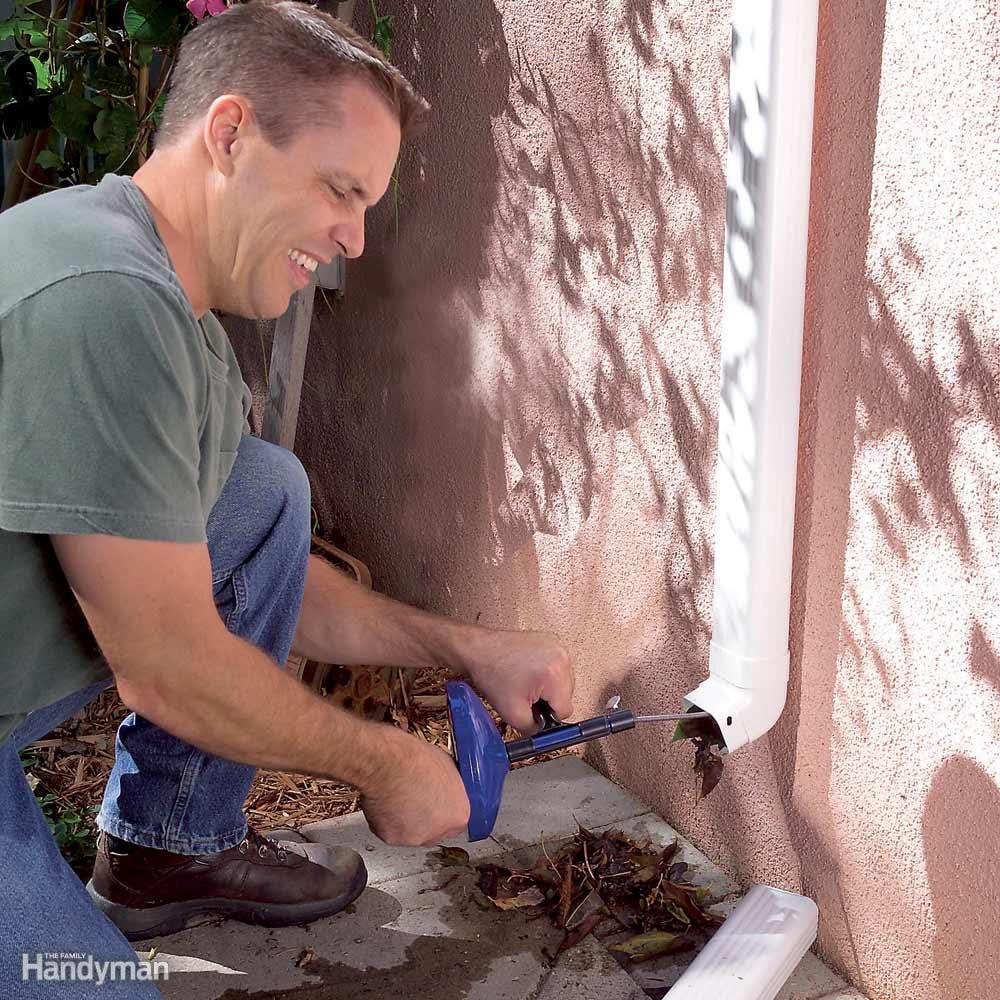
Gutter spouts
Your plumber’s snake is a great tool for pulling clumps of wet leaves out of clogged downspouts.
These yard tool hacks will make your life so much easier!
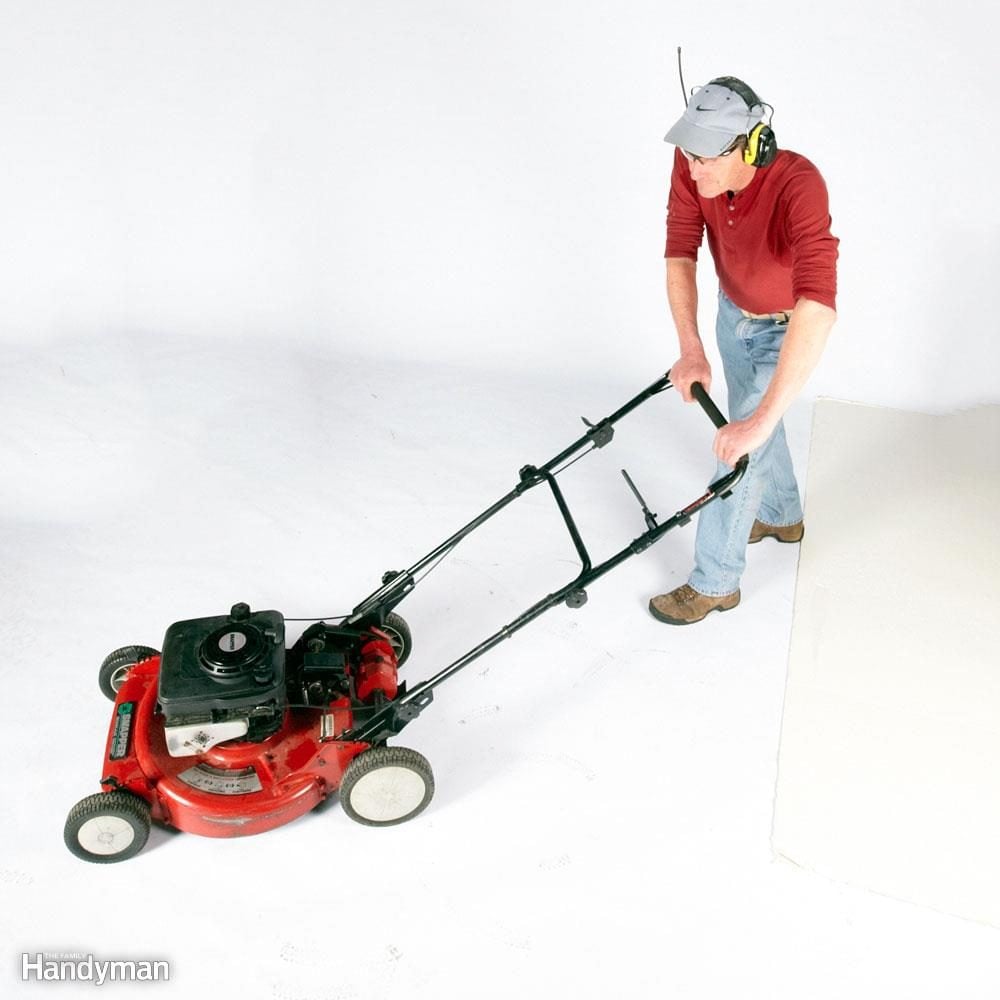
Cut grass short
Get out that rake and remove all of those dead leaves before the snow flies. Otherwise they’ll be sodden mats in the spring and smother the sprouting grass below. (Plus it’s lots easier to rake dry leaves!)
Just this one time of the year, set your mower to cut 1-1/2 or 2-in. and mow your grass short. That’ll do a couple of things. First it’ll lessen the chance of snow mold forming. And secondly, tall grass blades won’t lie down and smother the new grass next spring.
Make sure you never do this to your lawn.
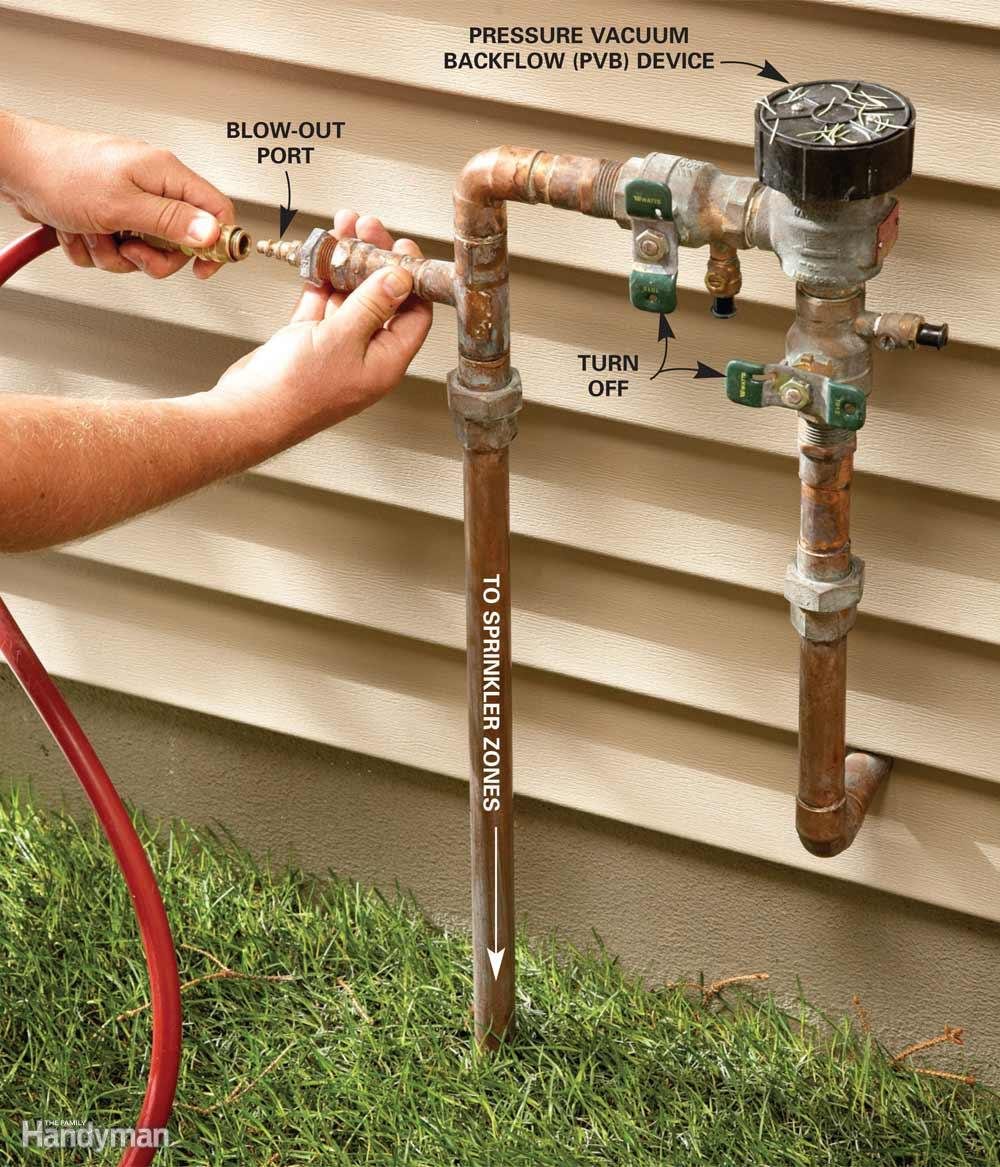
Winterizing a sprinkler system
You can pay the irrigation company $125 every year to blow out your sprinkler system, or you can use your air compressor and do it yourself. You just have to be careful not to leave any water in the line or it might freeze over the winter and burst a pipe. Also be aware that even the largest home compressor isn’t powerful enough to blow out the entire system at once, so you’ll probably have to blow it out zone by zone.
If you’re into number crunching and you have the original irrigation layout showing the gallons per minute (gpm) of each sprinkler head, just divide the total gpm of each zone by 7.5. That’ll give you the cubic feet per minute (cfm) your compressor needs to blow out the zone. Otherwise, just rent a 10-cfm compressor and hose from your local tool rental center.
Set the compressor air pressure regulator to a maximum of 80 psi for rigid PVC pipe systems, or 50 psi for flexible black polyethylene pipe. Then turn off the water supply and set the system timer to open just one zone. Next, open the manual drain valve at the end of that zone (if equipped).
Close off both valves on the backflow preventer. Then remove the plug on the blow-out port and screw in a quick-connect hose adapter. Snap on the air hose and connect the other end to the compressor (see photo). Then blow out the line. The heads should pop up and spit out water. Disconnect the hose as soon as they run dry.
Don’t overdo the blow-out—without water cooling the plastic gears, they can melt in less than a minute. So move on to the next zone and allow the heads to cool. Then go back and blow out each zone a second time.
These are the 10 vegetables you should start indoor.
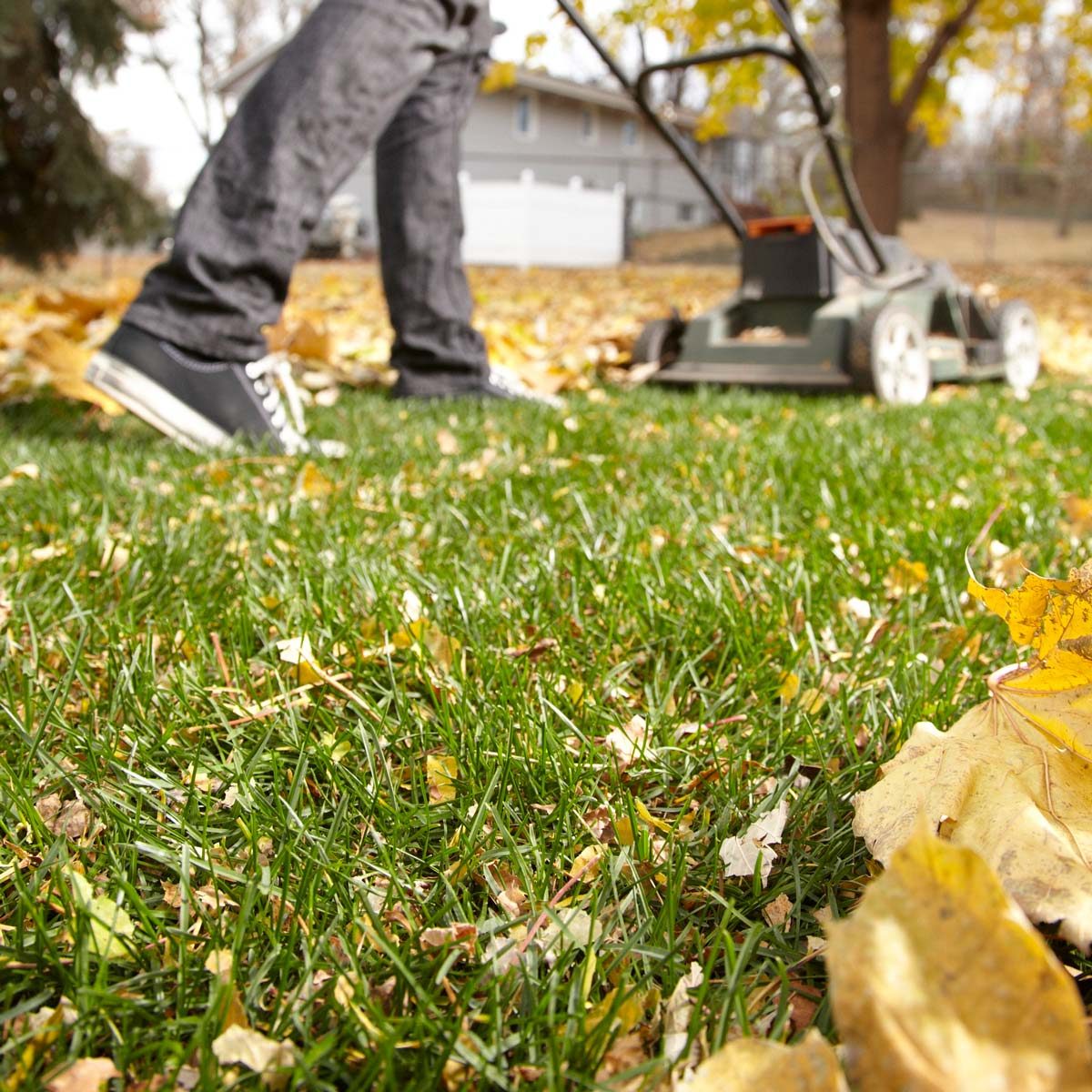
Fall grass lawn fertilizer
A mulching mower shreds leaves into tiny flakes that settle into the fall grass and decompose into natural fertilizer. You might have to go over some areas two or three times to completely chop up the leaves. Still, it’s fast and easy and it makes the grass happy.
Discover even more tips with these 10 fall yard maintenance secrets.
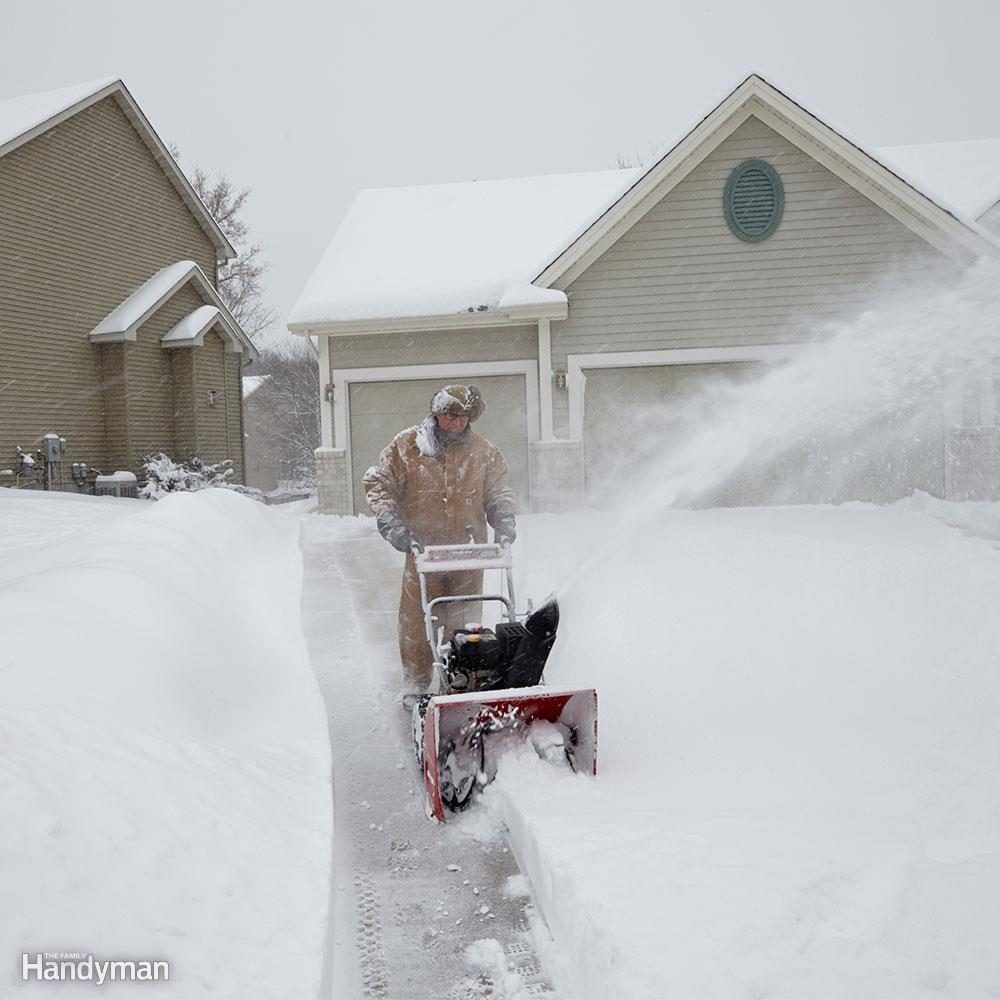
Get your property ready for snow
Before the snow flies, take a few minutes to inspect your property. Remove rocks, dog tie-out cable, extension cords, holiday light cords and garden hoses. Then stake out paths that run near gardens so you don’t accidentally suck up rocks and garden edging. Mark your walk and driveway perimeters by pounding in driveway markers. If the ground is frozen, just drill a hole using a masonry bit and your battery-powered drill.
Don’t forget your car! These are the 20+ things you must do to get your car ready for winter.
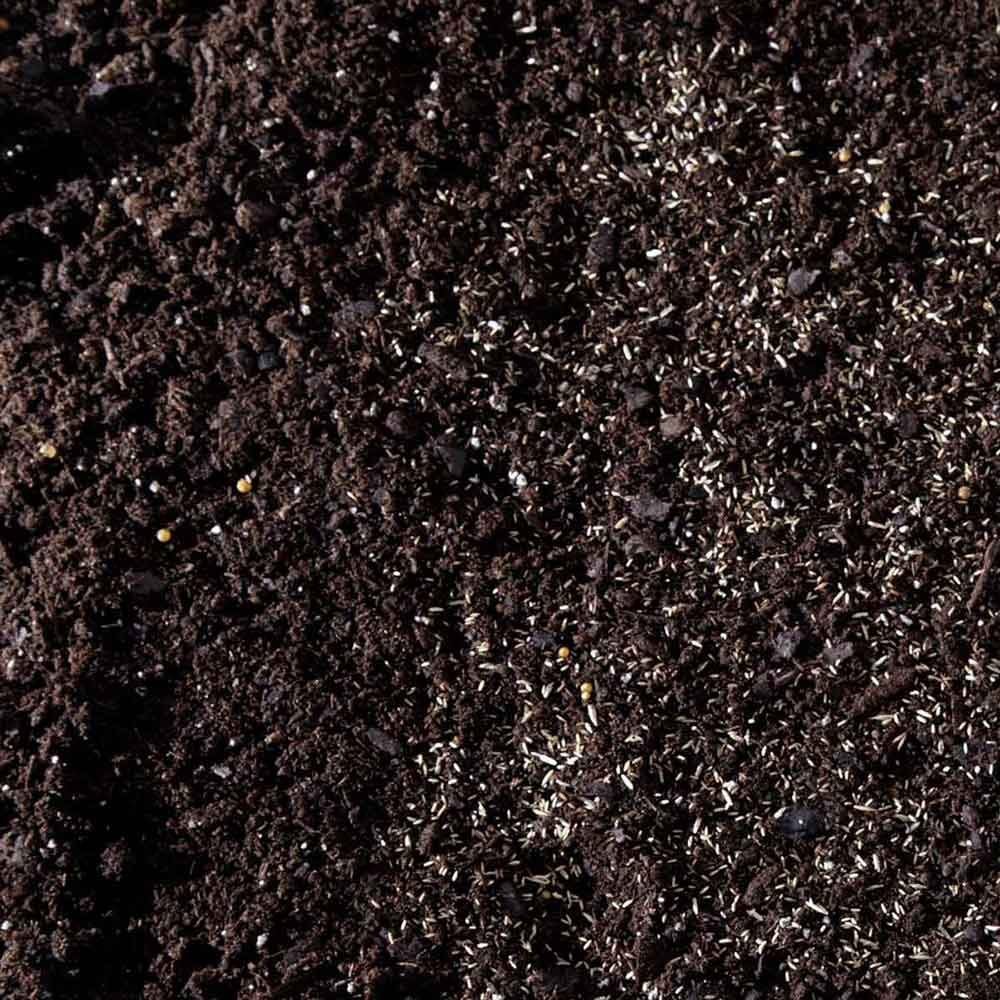
Reseed late in the growing season
Reseed in the late summer/early fall. Whether you’re seeding a small patch or a whole yard, you’re going to be much more successful if you wait for the cooler, damper weather of late summer or early fall. It’s almost impossible to get seed to survive during the dog days of summer. It’s simply too hot and dry. You’ll most likely just waste your time and expensive seed.
To help you prepare, check out the winter forecast across Canada.
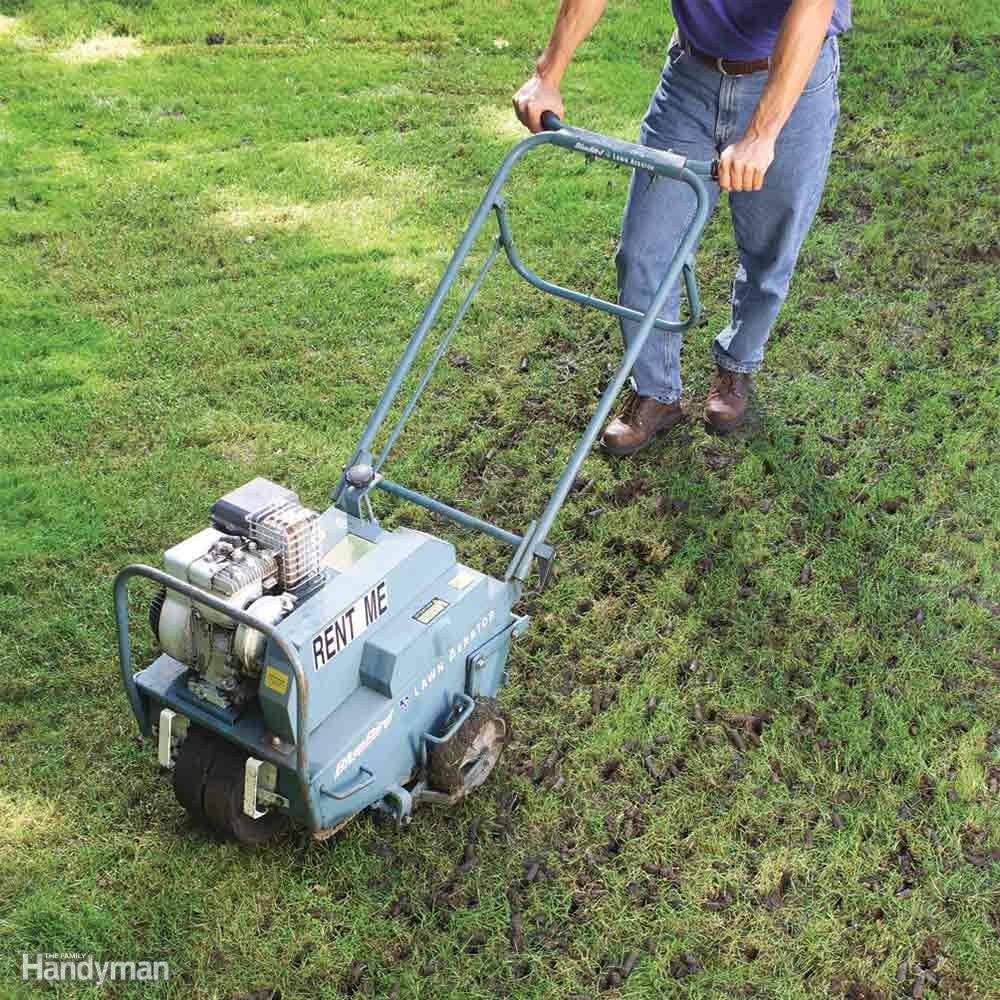
Aerate the soil
Aerating simply means making holes in the ground by removing plugs of soil. And it’s the single most important task you can perform to maintain a healthy, good-looking lawn. Nothing else comes close! It relieves compaction caused by foot traffic and creates extra pore space in the soil, allowing air, nutrients and water to enter. All of that helps roots to thrive.
Aerate your lawn at least once a year, preferably in the fall. Do it two or even three times each year if you can. The more, the better. You can rent a lawn aerator at any equipment rental store. Get one that will remove plugs of soil rather than one that pokes holes in the ground.
Next, here are the 11 things to never keep in your backyard.